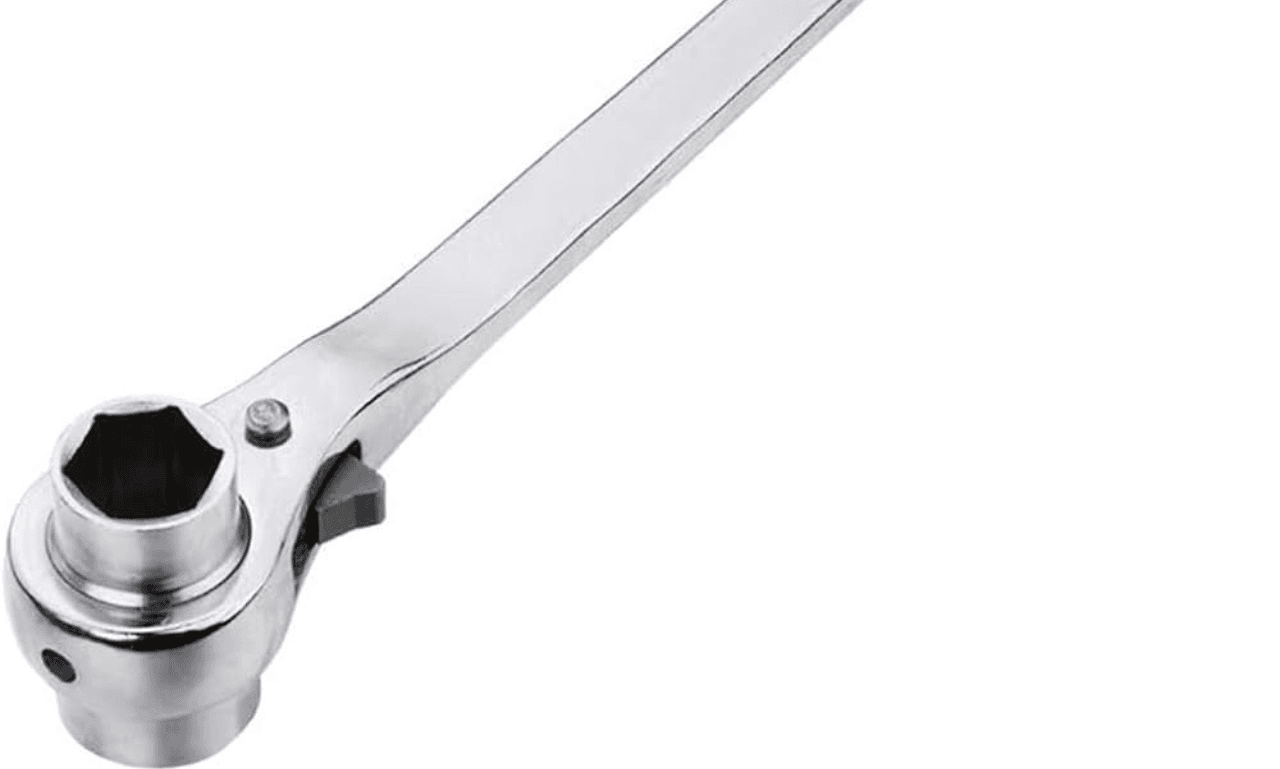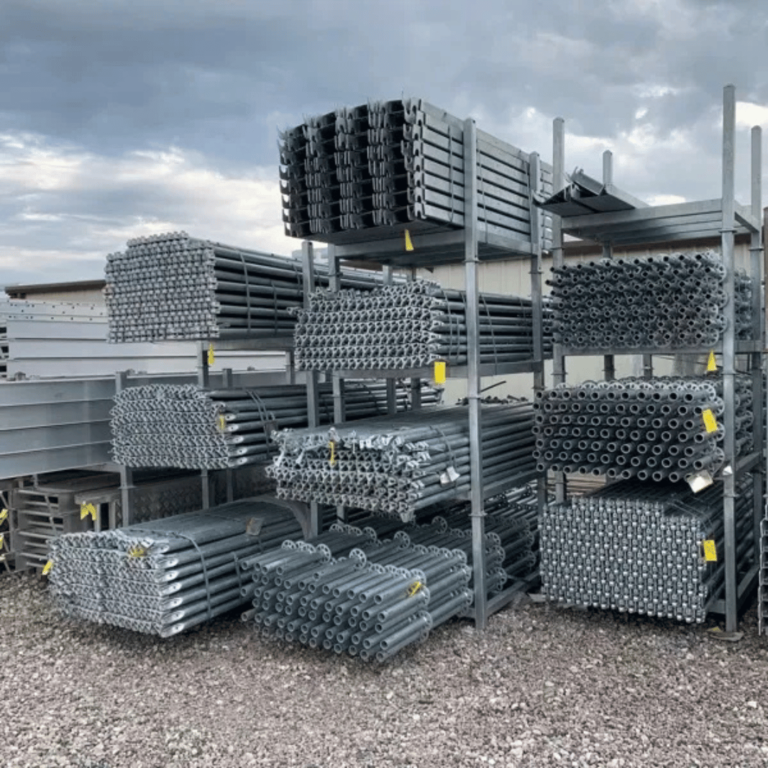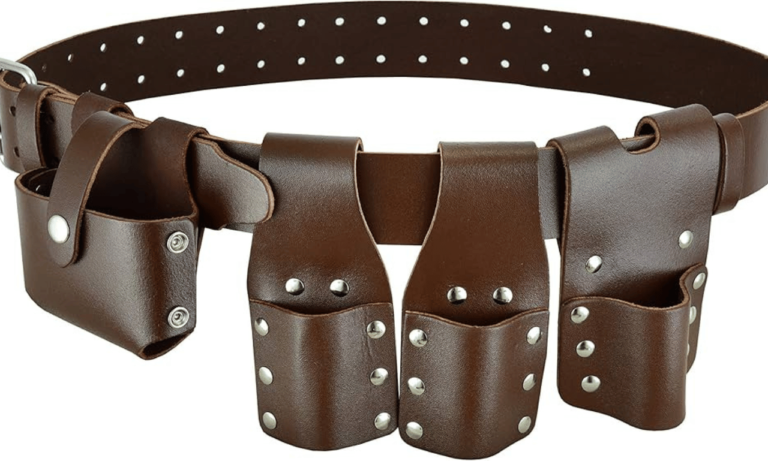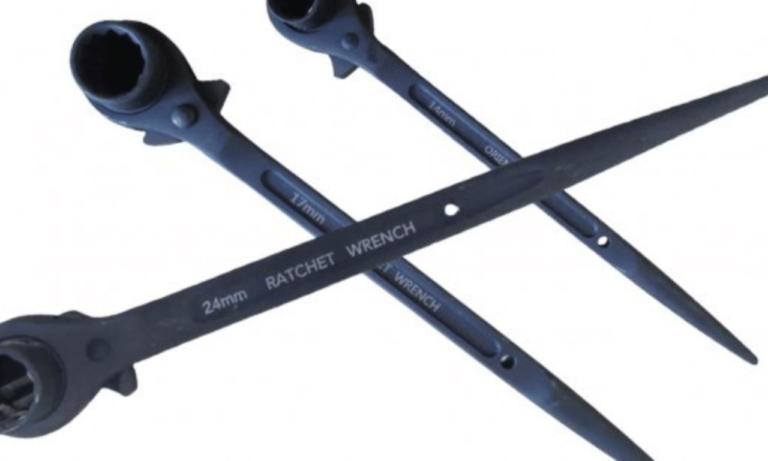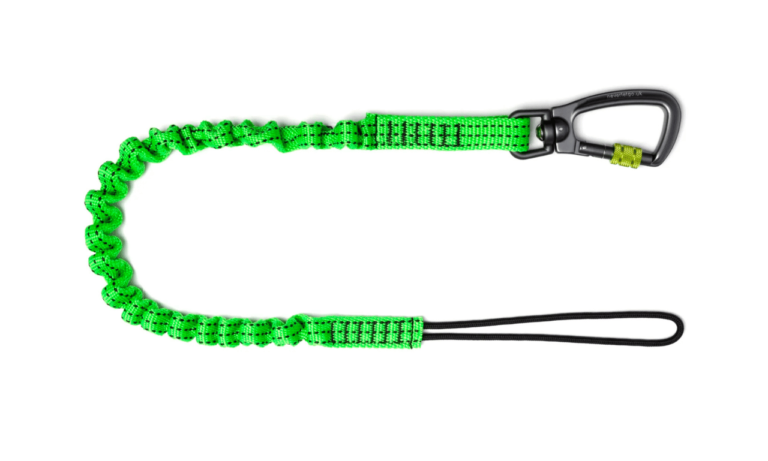Phone:
(+65)8319-0742
A scaffolding podger, also known as a podger wrench, is an indispensable tool in the construction industry. It plays a crucial role in rigging tasks, enhancing safety and efficiency on construction sites. This adjustable and durable tool is used by steel erectors and scaffolders for fastening scaffold components together securely.
With its versatile design and sturdy construction, the scaffolding podger is a must-have for builders. It offers a reliable means of connecting scaffold components, ensuring the stability and integrity of the structure. Whether it’s tightening bolts or adjusting scaffold joints, the podger wrench provides the necessary leverage and convenience for various applications.
Investing in high-quality scaffold tools, including a scaffolding podger, is essential for any construction professional. Proper usage and maintenance of this tool can significantly contribute to the success of a project while prioritizing the safety of workers.
Key Takeaways:
- The scaffolding podger is a versatile tool used for rigging tasks in the construction industry.
- It enhances safety and efficiency on construction sites by securely fastening scaffold components together.
- The podger wrench is adjustable, allowing for quick and easy fastening.
- Investing in a high-quality scaffolding podger is essential for builders and contractors.
- Proper usage and maintenance of the podger wrench ensure its longevity and optimal performance.
Understanding the Scaffolding Podger
When it comes to working with scaffolding systems, the scaffolding podger is an indispensable tool. Also known as a scaffold spanner or wrench, this specialized hand tool plays a crucial role in construction projects. Designed for durability and versatility, the scaffolding podger is a must-have for professionals in the industry.
The scaffolding podger features a two-sided jaw with different sizes, typically ranging from 17mm to 24mm, to accommodate the various bolt sizes commonly used in scaffolding. This adjustable design allows users to switch between sizes quickly and efficiently, eliminating the need for multiple tools. Made from high-quality steel or alloy material, the scaffolding podger offers exceptional strength and durability, making it suitable for rigorous construction tasks.
Some models of the scaffolding podger may include additional features such as a tethering point or ergonomic handle. The tethering point ensures the tool can be securely attached to the user’s harness or belt, preventing accidental drops and enhancing safety on the job site. An ergonomic handle provides improved comfort during prolonged usage, reducing the risk of hand fatigue and strain.
By understanding the functionality of the scaffolding podger and its features, construction professionals can make an informed choice when selecting the appropriate tool for their specific needs. Investing in a high-quality scaffolding podger not only improves efficiency but also contributes to a safer and more productive working environment.
Benefits of the Scaffolding Podger:
- Easy and quick switching between bolt sizes
- Durable construction for long-term use
- Enhanced safety with tethering point feature
- Ergonomic handle for improved comfort
Benefits of Using a Scaffolding Podger

Utilizing a scaffolding podger offers several benefits in terms of both safety and efficiency on construction sites. Firstly, it ensures secure connections between scaffold components, reducing the risk of accidents and scaffold failures. The adjustable nature of the podger allows for quick and easy fastening, saving time and effort for workers. Additionally, the use of a podger wrench eliminates the need for multiple tools, simplifying the workflow and minimizing the chances of losing or misplacing equipment. It is also a cost-effective choice for builders, as the podger serves multiple purposes and can be used across various scaffolding systems and projects.
Benefits of Using a Scaffolding Podger:
- Ensures secure connections between scaffold components, enhancing scaffold safety
- Quick and easy fastening, saving time and effort for workers
- Simplifies workflow by eliminating the need for multiple tools
- Minimizes the chances of losing or misplacing equipment
- Cost-effective choice, suitable for various scaffolding systems and projects
By utilizing a scaffolding podger, construction workers can enhance both safety and productivity on the job site. This versatile tool not only ensures secure connections between scaffold components, minimizing the risk of accidents and scaffold failures, but also simplifies workflow by eliminating the need for multiple tools. With its adjustable design, workers can quickly and effortlessly fasten scaffold components, saving valuable time and effort. Additionally, the scaffolding podger is a cost-effective choice, serving multiple purposes and being compatible with various scaffolding systems and projects. Its efficiency, practicality, and reliability make it an essential addition to any construction equipment arsenal.
All this information is summarised in the table below:
| Benefits of Using a Scaffolding Podger |
|---|
| Enhances scaffold safety |
| Saves time and effort |
| Simplifies workflow |
| Minimizes equipment loss |
| Cost-effective |
Choosing the Right Scaffolding Podger
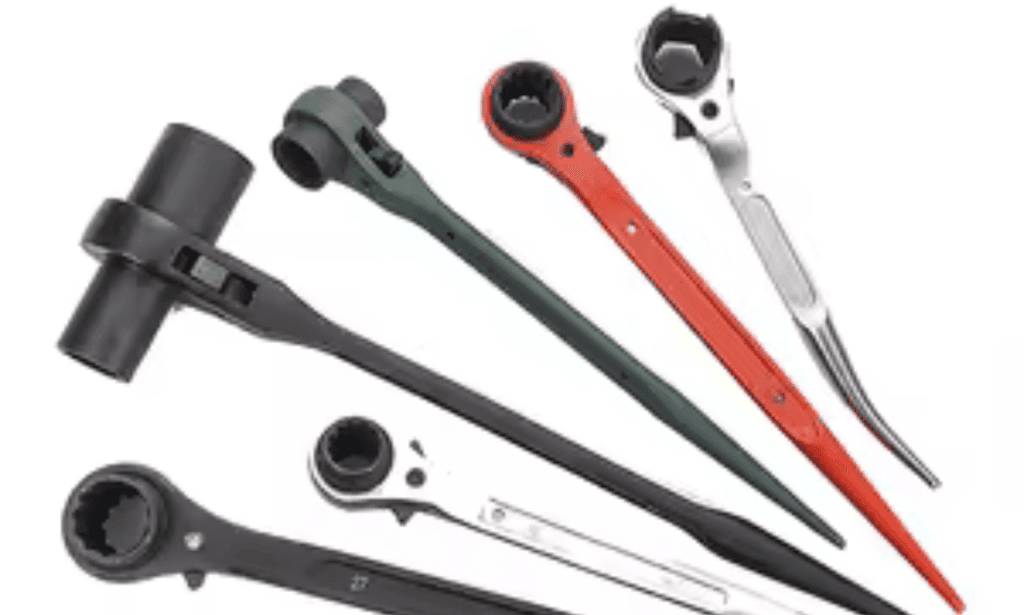
When selecting a scaffolding podger, it is essential to consider a few key factors. Firstly, determine the specific size range required for your scaffolding system. Look for a podger wrench that offers adjustable jaw sizes within that range. Consider the material and build quality of the tool, ensuring it is robust and durable enough to withstand demanding construction tasks. Ergonomic features such as handle design and grip comfort should also be taken into account for prolonged use. Additionally, check for any additional features like tethering points or anti-drop mechanisms to enhance safety and ease of use.
| Podger Model | Adjustable Jaw Sizes | Material and Build Quality | Ergonomic Features | Additional Safety Features |
|---|---|---|---|---|
| Brand X Podger | 17mm – 24mm | High-quality steel | Ergonomic handle | Tethering point |
| Brand Y Podger | 19mm – 27mm | Durable alloy | Comfort grip | Anti-drop mechanism |
| Brand Z Podger | 16mm – 22mm | Heavy-duty steel | Non-slip handle |
When comparing different scaffolding podgers, take note of their adjustable jaw sizes to ensure compatibility with your specific scaffold components. Look for podgers made from high-quality steel or alloy to guarantee their strength and durability. Consider ergonomic features like handle design and grip comfort to minimize fatigue during prolonged use. Additionally, check for any additional safety features such as tethering points or anti-drop mechanisms that can enhance worker safety on the construction site.
Proper Usage and Maintenance of Scaffolding Podger
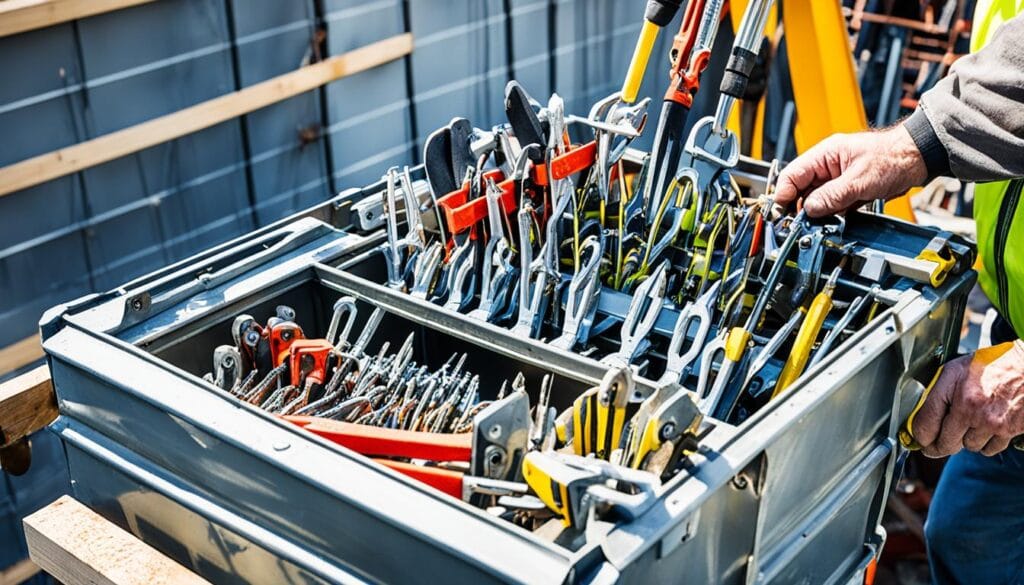
To ensure the longevity and optimal performance of a scaffolding podger, it is important to follow proper usage and maintenance guidelines. By adhering to these practices, you can extend the lifespan of your tool and maximize its effectiveness on the job site.
1. Use the podger for its intended purpose
When utilizing a scaffolding podger, it is crucial to use it solely for its intended purpose. Avoid applying excessive force or using it as a pry bar or hammer. This ensures that the tool remains in good condition and prevents unnecessary wear or damage to its components.
2. Regularly inspect the tool
Perform regular inspections of the scaffolding podger to identify any signs of wear or damage. Look for cracks, deformations, or rusting on the tool’s body, jaw, and handle. If any issues are detected, promptly replace the podger to maintain safety and efficiency during construction tasks.
3. Clean and maintain the podger
After each use, clean the scaffolding podger to remove any debris or corrosive substances that may have accumulated during work. Use a soft cloth or brush to wipe down the tool and ensure it is free from dirt and grime. This helps prevent rusting and maintains the tool’s performance over time.
4. Store the podger properly
Proper storage is essential to protect the scaffolding podger from moisture and damage. Store the tool in a dry and secure location, such as a toolbox or designated tool storage area. This prevents exposure to humidity and minimizes the risk of accidental damage or corrosion.
5. Regularly lubricate moving parts
To maintain smooth operation, lubricate the moving parts of the scaffolding podger, such as the adjustable jaw mechanism. Apply a light lubricant, such as silicone spray or machine oil, to ensure easy and precise adjustments when using the tool.
6. Follow manufacturer’s instructions
Always refer to the manufacturer’s instructions and guidelines for specific maintenance recommendations and any additional care requirements for your scaffolding podger. This ensures that you are following the recommended practices and maximizing the lifespan of your tool.
| Benefits | Usage and Maintenance Practices |
|---|---|
| Enhances safety on construction sites | Use the podger for its intended purpose |
| Improves efficiency in fastening scaffold components | Regularly inspect the tool for wear or damage |
| Simplifies workflows and reduces the need for multiple tools | Clean and maintain the podger after each use |
| Cost-effective tool for various scaffolding systems | Store the podger in a dry and secure location |
| Regularly lubricate moving parts | |
| Follow manufacturer’s instructions |
Conclusion
The scaffolding podger is an indispensable tool in the construction industry, essential for rigging and scaffolding tasks. Its versatility, adjustability, and durability make it a must-have for builders and contractors. By using a scaffolding podger, workers can ensure secure connections between scaffold components, significantly enhancing safety on the job site.
This tool offers not only safety benefits but also increased efficiency and convenience. With its adjustable design, the scaffolding podger simplifies construction workflows, saving valuable time and effort. It eliminates the need for multiple tools, reducing the risk of losing or misplacing equipment and streamlining the work process.
Proper usage and maintenance of the scaffolding podger are crucial to its long-term reliability. Following recommended guidelines ensures optimal performance and extends the tool’s lifespan. By regularly inspecting and cleaning the podger, as well as storing it in a safe and dry location, builders can maximize its usability and value as an essential construction equipment.
FAQ
What is a scaffolding podger?
A scaffolding podger, also known as a podger wrench or scaffold spanner, is a specialized hand tool used in the construction industry for working with scaffolding systems. It is designed to fasten scaffold components together securely.
What are the benefits of using a scaffolding podger?
Using a scaffolding podger enhances safety on construction sites by ensuring secure connections between scaffold components. It also improves efficiency by allowing for quick and easy fastening, saving time and effort for workers. Additionally, it eliminates the need for multiple tools, simplifying the workflow and reducing the chances of equipment loss.
How do I choose the right scaffolding podger?
When choosing a scaffolding podger, consider the specific size range required for your scaffolding system and look for a tool that offers adjustable jaw sizes within that range. Check the material and build quality for durability and consider ergonomic features for comfort and safety. Also, look for additional features like tethering points or anti-drop mechanisms.
How should I use and maintain a scaffolding podger?
Use the scaffolding podger for its intended purpose and avoid applying excessive force or using it as a pry bar or hammer. Regularly inspect the tool for wear or damage and replace if necessary. Keep the podger clean and free from corrosive substances by wiping it down after use. Store the tool in a dry and secure location to prevent moisture and damage.

Unveil Your Style with a Reveal Tie scaffolding
A Reveal Tie is a unique accessory that adds a touch of elegance and sophistication to any ensemble….

Ultimate Guide to Base Jack Tool Uses & Tips
A base jack tool is an essential tool in construction and scaffolding projects. It provides stability…

Anchor Test Equipment – Your Trusted Quality Choice
Anchor Test Equipment is essential for ensuring the quality and reliability of various industrial applications….

Secure Steps with Stair Tread Clamp Guide
When it comes to installing stair treads, using a stair tread clamp is essential for achieving secure…

Understanding Scaffolding in Child Development
Scaffolding in child development is a technique used in early childhood education to provide demonstrations…
No posts found

